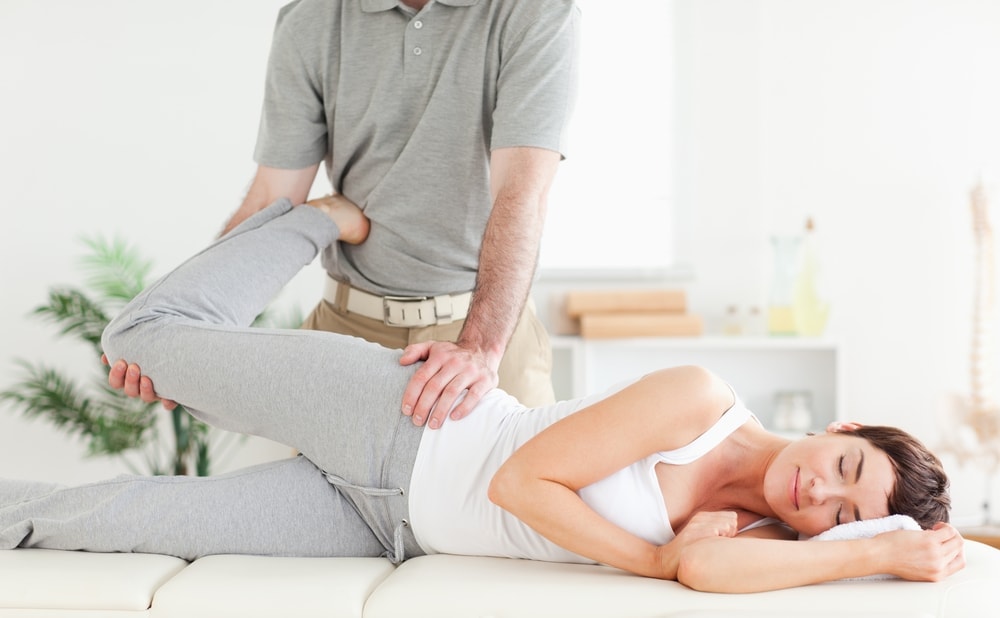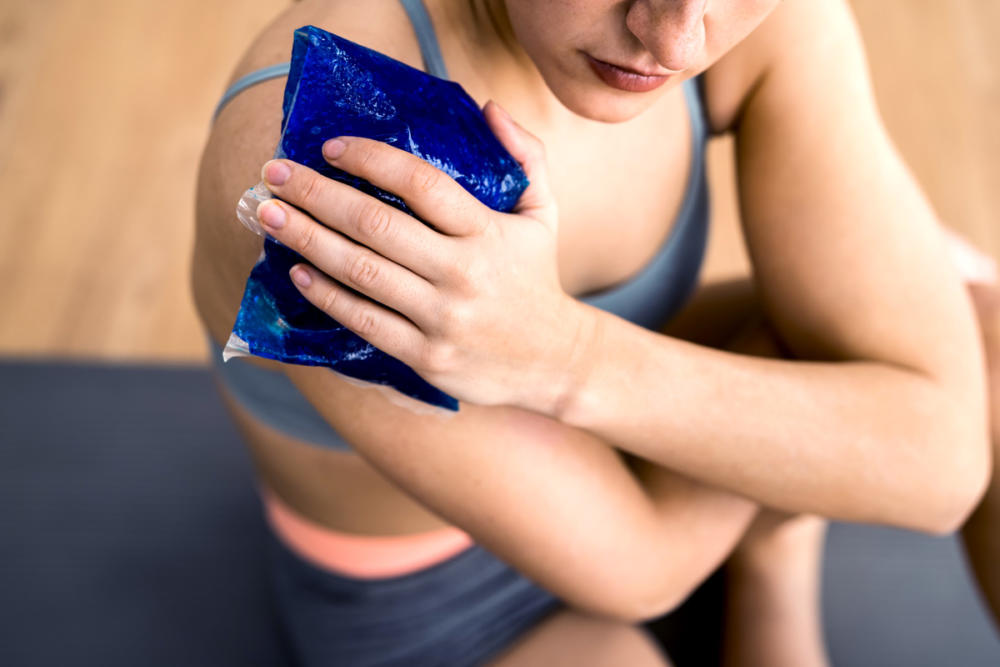Did you know that falls are the leading cause of death due to injury among the elderly? That 87% of all fractures in the elderly are due to falls?1 If that does not get your attention, consider this: approximately one-third of the elderly population suffers a fall each year. Of these falls, 20% lead to serious injury, such as broken bones or head trauma.2 Further alarming, 25% of all hospital admissions are due to falls, and 40% of all nursing home admissions are due to falls. Unfortunately, 40% of all those admitted do not return to independent living, and 25% die within a year. 1
My name is Wayne Foley. I am a physical therapist in Gold Canyon and I treat an older population. I face these realities every day, and I educate many patients about balance and safety. Statistics show that getting help after an immobilizing fall can increase a patient’s chance of survival by 80% and increase the likelihood of returning to independent living.
There are many reasons that people fall, and some are simply accidents that cannot be avoided. However, the majority of falls can be linked to gait or balance disorders, dizziness or vertigo, drop attacks, or other conditions. Risk factors include:
- Lower body weakness
- Difficulty walking or balancing
- Medications such as tranquilizers, sedatives, and antidepressants (including some sold over the counter)
- Visual problems
- Foot pain
- Poor sensation in feet (peripheral neuralgia)
- Poor footwear
- Hazards in the home such as throw rugs, broken/loose/uneven steps, no handrails, or lack of light.
Most falls are due to a combination of these risk factors.
In addition, the risk of falling increases in people with heart disease, Parkinson’s disease, low blood pressure, COPD, diabetes, arthritis, visual problems, mental confusion, or those who have had a stroke. Falls are a serious concern that need to be addressed. They account for $34 billion annually in medical expenses. Hospital costs make up about two-thirds of this.
If you have already experienced a fall, feel unsteady, or fear falls in general, you are at a higher risk for falls. There are several things you should do immediately to help yourself and lower your risk. You should review your medications with your doctor. Have your vision checked on a regular basis; at least annually. Make your home safer by fixing loose stairs or tiles, adding handrails to stairs and grab bars in the bathrooms. You should remove tripping hazards such as clutter and throw rugs. Finally, start a daily exercise program.
After a fall, many individuals feel they need to protect themselves from further falls or injuries by limiting their activity. This can actually increase fall risk even more, as a sedentary life causes decreased strength and endurance to activity. By increasing activity in a proper manner, increased strength, return of confidence in mobility, increased balance and flexibility, and improved endurance will result.
Physical therapy is a great way to address many of these areas. A doctor may decide to refer you to a therapist to have your strength and balance addressed, or you may decide to seek a therapist on your own. Many insurance plans will allow direct access without a referral from a physician.
Given my background in balance and vestibular training, I would evaluate your condition and determine a plan of care for each individual who comes into the clinic for treatment. Treatment includes safety instruction, compensation techniques, strength and coordination exercises, balance adaptation, and habituation exercises. A home program is also provided to each client, because it is necessary for these exercises to be performed outside the clinic to maximize their effectiveness.
Falls are a very serious matter. Don’t wait! Seek help from your local Foothills Sports Medicine physical therapy clinic today.
References:
1 https://www.learnnottofall.com/content/fall-facts/how-often.jsp
2 https://www.cdc.gov/homeandrecreationalsafety/falls/adultfalls.html




